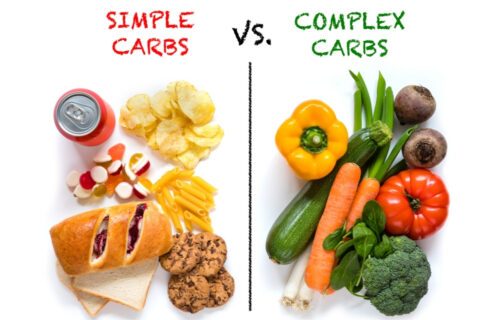
Mood Swings in Menopause
Are you gong crazy? Or is it everyone else?
During perimenopause, many women start to notice some physical symptoms like their periods becoming irregular, become longer or shorter, get heavier or lighter. These changes are caused primarily by shifting estrogen and progesterone levels as your body prepares itself for menopause. Estrogen and progesterone are hormones that help to regulate the female reproductive system.
Many women have additional symptoms during both perimenopause and menopause. These symptoms may include:
- hot flashes
- vaginal dryness
- diminished sex drive
- trouble sleeping
- fatigue
- anxiety
- mood swings
However, the emotional effects of menopause are more difficult to measure. Changes in a woman’s body and in a woman’s life may affect the way she processes events and feels her emotions. Research says women between the ages of 45 and 65 –– the years during menopause –– have the lowest emotional well-being of any age group or gender in Australia.
Mood can be affected by many things, from an argument with a loved one to a traffic jam. It’s not always clear what causes mood swings and the irritability that often accompanies them. Mood swings also differ from depression, which is not typically linked to menopause.
Menopause usually occurs when a woman is in her 40s or 50s. According to the research, the average age of menopause for Australian women is 51. The process leading up to menopause begins much earlier. When women are in their mid to late 30s, their estrogen and progesterone levels start to slowly decrease. This natural, gradual process leads to perimenopause, and then menopause. As your ovaries produce less of these hormones, your body and brain may experience multiple changes. Some of these changes are related to mood.
Estrogen helps to regulate several hormones, which may have mood-boosting properties. These include:
- serotonin
- norepinephrine
- dopamine
Estrogen also helps to support certain types of brain functioning, such as cognition. When estrogen levels change, your mood may change with it. The decrease in estrogen can also cause some women to have occasional episodes of forgetfulness, or “brain fog,” which may lead to frustration, negatively affecting mood.
Menopause and perimenopause can create physical challenges that may negatively affect mood. These include trouble sleeping and issues with sex. Many women also experience anxiety about aging and stress about the future, which can cause upset and mood swings.
Not all women have mood swings during menopause. You can’t always predict who will experience them and who won’t. Some conditions may put women at greater risk.
These include:
- a history of depression
- high levels of stress
- poor physical health
- poor gut health
- other hormonal imbalances
You may be able to reduce or diminish mood swings by making proactive lifestyle changes. Here are some ideas for how to combat mood swings:
- Get aerobic exercise. According to at least one study, performing 50 minutes of aerobic training four times a week helped to alleviate several menopausal symptoms, including night sweats, irritability, and mood swings. Exercise and physical activity release endorphins and other feel-good chemicals in the brain. You may want to stagger your workouts. Try brisk walking one day and swimming the next, or go cycling every other day. You don’t need to train like an Olympian to get mood-boosting results.
- Eat healthy food. Eating healthy foods could be just as good for your mood as it is for your body. You may simply feel better after eating a protein-rich salad than you would after downing a tub of salted caramel ice-cream. A varied diet containing healthy foods, such as fruits, vegetables, lean protein, and fibre-filled whole grains, is more likely to provide you with omega-3 fatty acids, folate, and other nutrients that may help improve your mood.
- Let go of stress. For some women, de-stressing may be as easy as losing themselves in a page-turning mystery novel. For others, gentle yoga, meditation, or quiet walks in nature may help improve mood and decrease stress and anxiety. Try experimenting with deep breathing exercises or yoga poses that help you cleanse your mind or that feel like a mini-vacation.
- Get enough sleep. Not getting enough shut-eye can add to irritability and mood swings. Create a night time routine that supports drifting off to sleep comfortably. Shutting off electronic devices, making sure your room is cool in temperature, and eliminating ambient light may help. Avoiding caffeine and alcohol can also help you to maintain healthy sleep cycles. Sleep should last 7 to 8 hours to allow healing and repair of immune function.
Conclusion
Mood swings related to menopause and perimenopause tend to fade once the body’s hormonal system stabilizes. This can take months, or even years. Following a proactive plan that includes healthy lifestyle choices is often enough to diminish mood swings. If you need additional support, talk to your health care practitioner.




